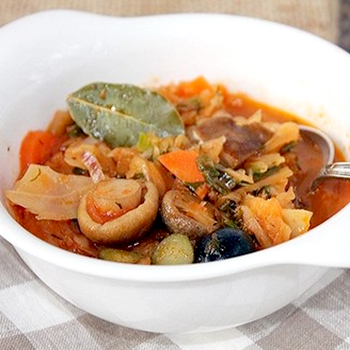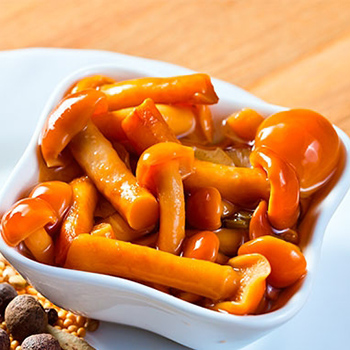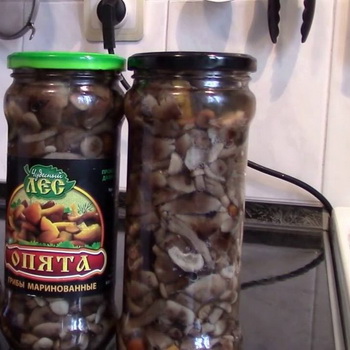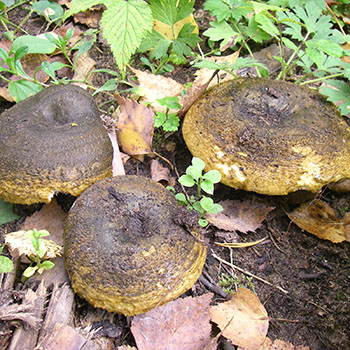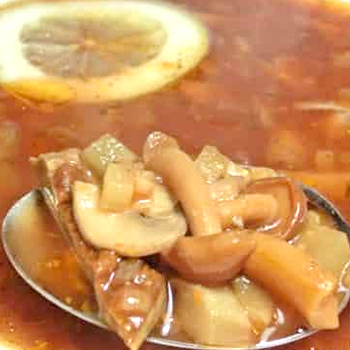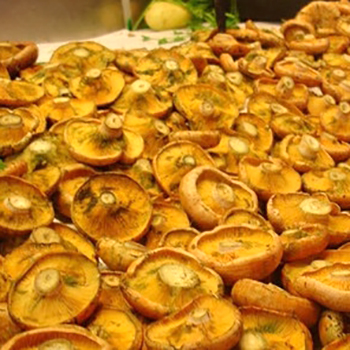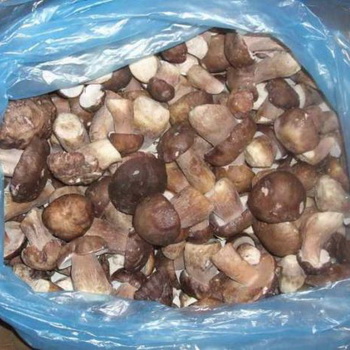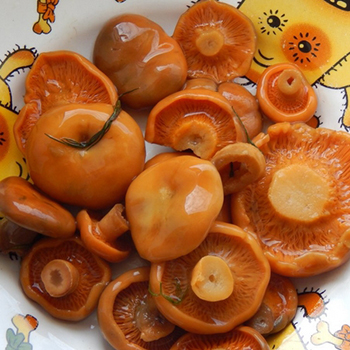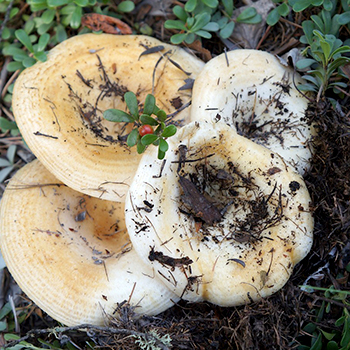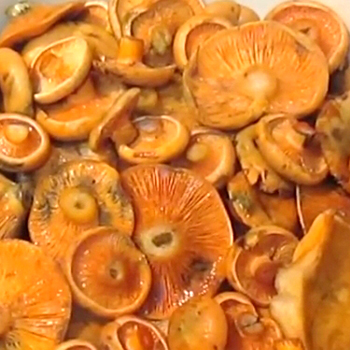What a mushroom poddubovik looks like: photo and description
 Poddubovik is a conditionally edible mushroom, a characteristic feature of which is never disappearing bright blue spots all over its surface. Even the pulp of this mushroom, when broken, immediately takes on a blue color. When describing poddubovik, it is often called an ink mushroom. Despite its name, it is not necessarily found under trees. Very often this mushroom can be found in meadows and pastures.
Poddubovik is a conditionally edible mushroom, a characteristic feature of which is never disappearing bright blue spots all over its surface. Even the pulp of this mushroom, when broken, immediately takes on a blue color. When describing poddubovik, it is often called an ink mushroom. Despite its name, it is not necessarily found under trees. Very often this mushroom can be found in meadows and pastures.
Plain mushroom poddubovy
Poddubovy plate(poddubovik) in the common people it is called a red honey agaric, as well as a poddubovnik. and are very similar to the previous ones, differing only in the color of the cap. Podanovniki grow in large heaps and also on rotten tree stumps, sometimes they even come across at a certain elevation from the ground, on a rotten stump.


Check out the photo and description of the poddubovik mushroom and find out how you can eat it.
These mushrooms are larger than mushrooms in size, and therefore their heaps seem to be larger. Completely alone and not near the stumps, I did not happen to meet them. The time of their growth is autumn, but somewhat earlier than real honey ages.


As you can see in the photo, the poddubovik mushroom has a cap from 2 to 20 cm or more in diameter, hemispherical at the beginning and almost completely flat in the middle. They are usually quite fleshy and are reddish-orange in color, darker towards the navel. The top skin of the cap peels off easily. The plates are yellow-grayish, become almost black by old age and are generally quite frequent and long.


Look at the photo of what the poddubovik looks like: its leg is from 2 to 10 cm long, dense, sometimes bent, thick from below, dark yellow to the cap, and the flesh, both the legs and the cap, is yellowish, darker under the skin itself. The ring disappears almost immediately after the development of the fungus.
From the very description of what podduboviki look like, it is clear that if they do not belong to the poisonous, then they are suspicious; and indeed, in many places they are revered as such and are not eaten, while in others the peasants collect them together with the grapes and use them harmlessly for food. However, in taste these mushrooms are much inferior to real mushrooms and do not even represent anything particularly pleasant. The taste of raw podanikovnik is sticky-sweet. The smell is common mushroom, rather strong and somewhat musty. When eaten, for the sake of precaution, they must be boiled well, especially since they are bitter and have a very sensitive oak viscosity. If anyone would like to artificially breed a poddubovnik, we propose to try the same method that is used abroad for other types of mushrooms, with the only difference that instead of a poplar mug, a half-rotten oak mug should be used.

